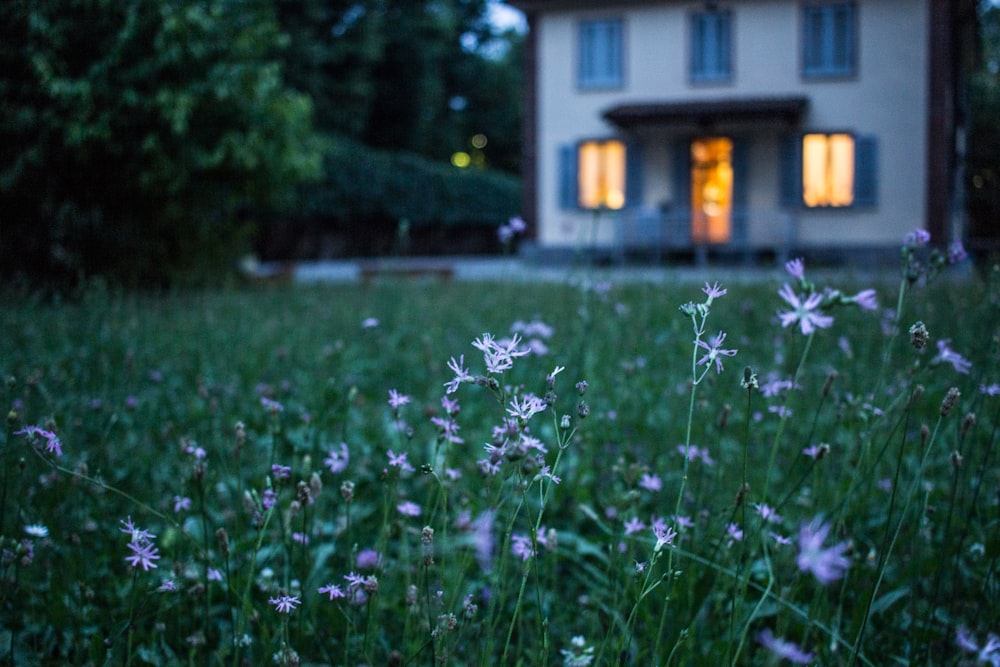Embark on a journey through the architectural brilliance of Alvar Aalto, a visionary whose innovative designs continue to shape the landscape of modern architecture.
A Visionary Architect
Alvar Aalto, born in Finland in 1898, was more than just an architect—he was a visionary whose work transcended boundaries and redefined the possibilities of architectural design. With a keen eye for form, function, and materiality, Aalto created spaces that were not only beautiful but also deeply human-centric, reflecting his belief in architecture as a medium for enhancing the quality of everyday life.
Embracing Organic Forms
One of Aalto’s defining characteristics as an architect was his embrace of organic forms inspired by nature. Rejecting the rigid geometries of modernism, Aalto sought to create buildings that harmonized with their natural surroundings, employing flowing curves, undulating lines, and organic materials to evoke a sense of fluidity and movement. From the sinuous shapes of his furniture designs to the sweeping lines of his buildings, Aalto’s work celebrated the inherent beauty of nature in all its forms.
Human-Centric Design
At the heart of Aalto’s architectural philosophy was a deep empathy for the people who would inhabit his spaces. Rejecting the austerity of early modernism, Aalto sought to create environments that were warm, inviting, and conducive to human interaction. Whether designing a public building or a private residence, Aalto prioritized the needs and experiences of the occupants, crafting spaces that were not only aesthetically pleasing but also functional and comfortable.
Material Mastery
Aalto was also a master of materials, employing a wide range of natural elements such as wood, brick, and stone to create buildings that were both tactile and sensory-rich. His use of materials was not only expressive but also deeply contextual, reflecting the local vernacular and cultural heritage of the places where his buildings were situated. From the warm tones of Finnish pine to the rough-hewn textures of Italian travertine, each material was chosen with care to enhance the overall character and atmosphere of the space.
Iconic Buildings
Throughout his career, Aalto designed a diverse array of buildings that have since become icons of modern architecture. From the undulating waves of the Finlandia Hall in Helsinki to the sculptural forms of the Viipuri Library in Vyborg, Russia, Aalto’s buildings stand as testaments to his innovative vision and enduring legacy. Each structure tells a story of creativity, craftsmanship, and human ingenuity, reflecting Aalto’s belief in architecture as a form of cultural expression and social engagement.
Legacy and Influence
Today, Alvar Aalto’s influence can be seen in the work of architects and designers around the world who continue to be inspired by his innovative approach to architecture and design. His emphasis on human-centric design, organic forms, and material authenticity has left an indelible mark on the field of architecture, shaping the way we think about the built environment and its impact on our lives. As we continue to explore Aalto’s iconic architectural legacy, we are reminded of the power of design to enrich our experience of the world and elevate the human spirit.
Read more about alvar aalto architecture






